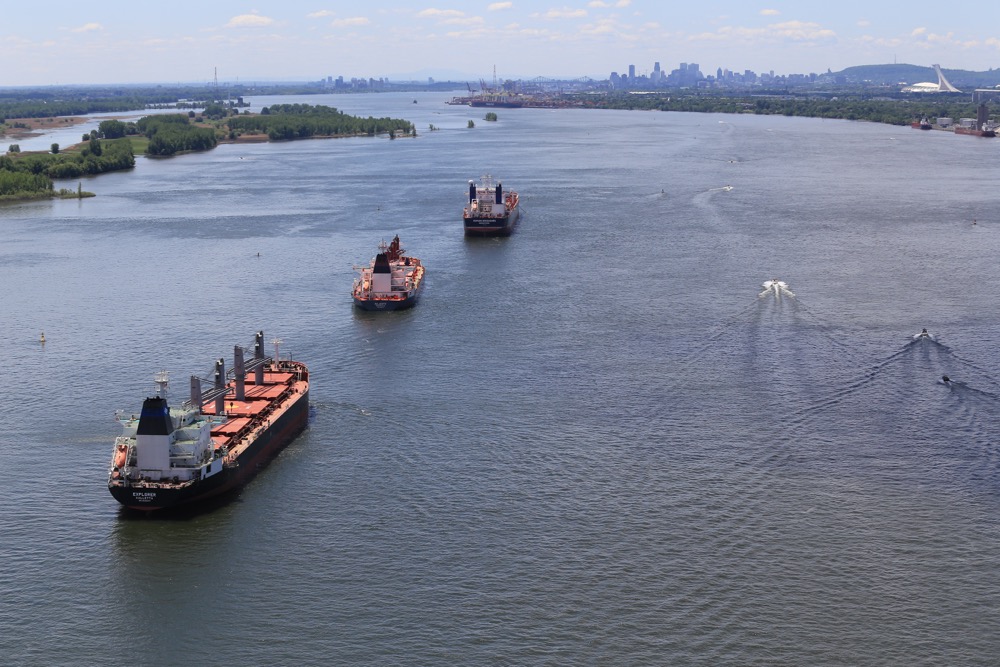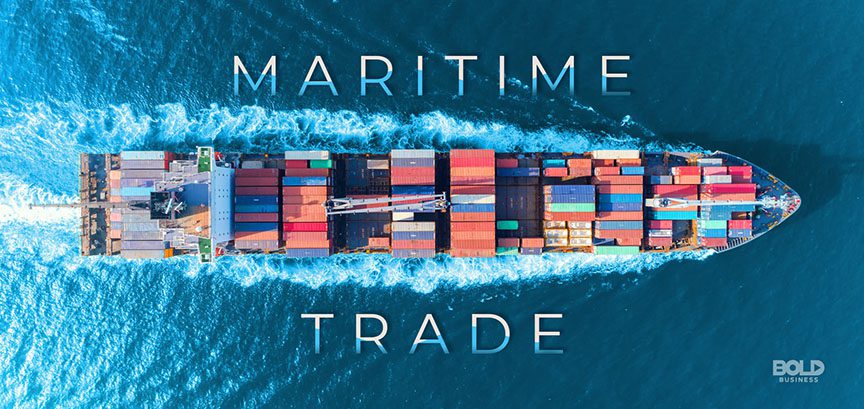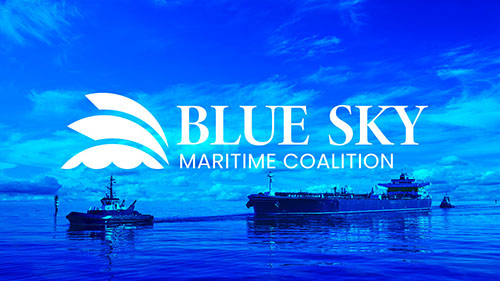1. General Port Information
– Official Name: Pyeong Taek Port
– UN/LOCCODE: KRPYT
– Port Authority: Pyeongtaek Regional Office of Oceans and Fisheries (Ministry of Oceans and Fisheries, Republic of Korea)
– Jurisdiction: Yellow Sea (West Coast of Korean Peninsula)
– Port Limits: 36°55’00″N to 37°02’00″N / 126°45’00″E to 126°52’00″E
– Port Type: Commercial (Multi-purpose) / Naval Base (Restricted Zone)
– Time Zone: UTC+9 (No daylight saving)
– Port Working Hours: 24/7 (Pilotage available 0600-2200)
2. Anchorage Details (Verified 2024)
| Anchorage Name | Location (WGS84) | Area (km²) | Depth (m) | Bottom Type | Max Vessel DWT | Capacity | Primary Use | Restrictions & Safety Notes | Commercial Notes |
|---|---|---|---|---|---|---|---|---|---|
| Pyeongtaek Outer Anchorage | 36°59’30″N 126°49’00″E | 3.2 | 15-20 (Chart Datum) | Mud/Sand over shale | 50,000 | 5 vessels (min 0.3nm spacing) | – Waiting area – Storm shelter – Customs inspection – Bunkering standby |
1. Prohibited during typhoons (Signal No. 3+) 2. Strong tidal currents (max 3.2 knots) 3. Mandatory AIS transmission 4. No anchoring in marked submarine cable zones 5. Daily position reporting required |
– Free anchorage ≤72 hrs – Extended stay requires approval (Port Control VHF Ch 12) – Bunker suppliers must be pre-approved |
| Pyeongtaek Inner Anchorage | 36°58’15″N 126°48’30″E | 1.8 | 10-12 (MHWS) | Stiff clay | 20,000 | 3 vessels | – Bunkering – Ship repairs – Crew changes – Provisions loading |
1. Daytime use only (sunrise-sunset) 2. Tugs required for vessels >10,000 DWT 3. Prohibited for LNG/LPG carriers 4. Anchor watch mandatory 5. No stern anchoring permitted |
– Requires 24hr prior notice – Service boats available (registered operators only) – Fresh water delivery possible |
| Naval Restricted Anchorage | 37°00’45″N 126°50’30″E | 2.5 | 18-22 | Rocky | N/A | Military use only | ROK/US Navy operations | 1. Strictly prohibited for civilian vessels 2. Active sonar area 3. 24/7 radar monitoring 4. Automatic identification required for all approaching vessels |
Penalties under Korean Maritime Security Act (up to USD 100,000 fine) |
| Emergency Anchorage A | 36°57’00″N 126°47’15″E | 0.8 | 8-10 | Sandy clay | 10,000 | 1 vessel | – Mechanical failure – Medical emergency |
1. Maximum 12-hour stay 2. Immediate report to Port Control required 3. Must display emergency signals |
No commercial operations permitted |
3. Hydrographic & Meteorological Data
– Tidal Range: 4.5m (mean spring) / 2.8m (neap)
– Currents: Max flood 3.2 knots (NW-SE direction)
– Wave Height: Annual avg 1.2m (winter max 4.5m)
– Visibility: <1km on 30% of days (Nov-Mar)
– Wind: Prevailing NW (winter) / SE (summer), gusts to 35 knots
– Water Temperature: 2°C (winter) to 25°C (summer)
– Salinity: 28-32 ppt
4. Operational Regulations
– Pilotage: Compulsory for vessels >500 GT (24hr notice required)
– VTS: Mandatory for vessels >300 GT (VHF Ch 12/16)
– Anchoring Procedure: Must report to Pyeongtaek Port Control before anchoring
– Prohibited: Anchoring in fairways, dumping waste (fines up to USD 50,000)
– Reporting Requirements: ETA 48hr/24hr/12hr in advance
– Dangerous Cargo: Special anchorage arrangements required for Class 1-3 IMO cargo
5. Safety Infrastructure
– Navigation Aids: 2 lighted buoys marking anchorage perimeter (Fl.G.4s)
– Emergency: Korean Coast Guard Station 24hr standby (VHF Ch 16)
– Medical: Hyperbaric chamber available at Pyeongtaek Naval Hospital
– Pollution Control: Oil spill response team on 1-hour standby
– Search & Rescue: Helicopter pad at naval base (emergency use only)
6. Critical Notes
1. Anchorage positions must be verified with onboard GPS (WGS84 datum)
2. Military exercise zones may extend temporarily – monitor VHF Ch 16
3. All depth figures refer to Chart Datum (CD)
4. Commercial inquiries must be directed to official port channels only
5. Nighttime anchoring requires deck lighting per COLREGs
6. Fishing gear frequently reported within 1nm of anchorage areas
7. Annual seabed survey conducted in March (verify latest notices)





